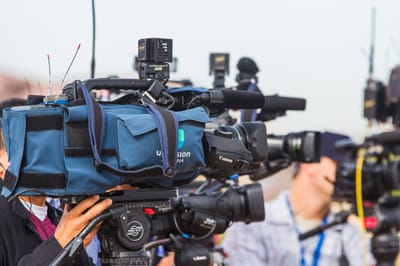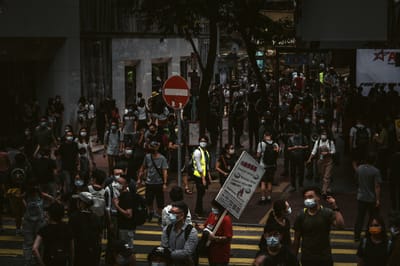CONFERENCE PREAMBLE



The image of the other in the media represents one of the research topics addressed by researchers through the establishment of the structure of human relations generated mainly from the images formed by the media in the minds of individuals, including the historical context that carries many social, religious and ideological conflicts, where that the media exercised the power to influence them According to the ideology and affiliation of those means, and thus talking about the image of the other must be determined within a value framework to ensure the freedom of the other and the legitimacy of his right to live in peace and guarantee his right to practice his faith without being subjected to hate speech and bullying in the media.
The inevitability of difference and technological chaos in communication technologies such as instant news and the possibility of converting images and videos at a record speed, poses the problem that accompanies the treatment of news to the image of the other in our societies and leads us to search for a comprehensive format for medias that control the outputs of media messages, which is the value system derived from our religion, customs and culture, Therefore, addressing the issue of the image of the other in the Western media that stems from the paradigm of comprehensive freedom in media handling is not the same in our Arab region, which is dominated by religious backgrounds and traditional social relations. This is what made many studies in our Arab region neglect the discussion of the importance of the value dimension in Addressing this issue in the traditional and new media, as one of the urgent and necessary pillars towards consolidating a positive media practice in creating the image of the other and rejecting all forms of violence and hatred.
The image of the other in the media has always aroused the interest of researchers and scholars in the field of humanities, Islamic sciences, social sciences and other fields, such as communication studies, which is the main interface and a reflection of the image of the other, in light of the spread of the media, so we open the way for researchers, professors and doctoral students to discuss the dimension Evaluate the image of the other in the media
The inevitability of difference and technological chaos in communication technologies such as instant news and the possibility of converting images and videos at a record speed, poses the problem that accompanies the treatment of news to the image of the other in our societies and leads us to search for a comprehensive format for medias that control the outputs of media messages, which is the value system derived from our religion, customs and culture, Therefore, addressing the issue of the image of the other in the Western media that stems from the paradigm of comprehensive freedom in media handling is not the same in our Arab region, which is dominated by religious backgrounds and traditional social relations. This is what made many studies in our Arab region neglect the discussion of the importance of the value dimension in Addressing this issue in the traditional and new media, as one of the urgent and necessary pillars towards consolidating a positive media practice in creating the image of the other and rejecting all forms of violence and hatred.
The image of the other in the media has always aroused the interest of researchers and scholars in the field of humanities, Islamic sciences, social sciences and other fields, such as communication studies, which is the main interface and a reflection of the image of the other, in light of the spread of the media, so we open the way for researchers, professors and doctoral students to discuss the dimension Evaluate the image of the other in the media



